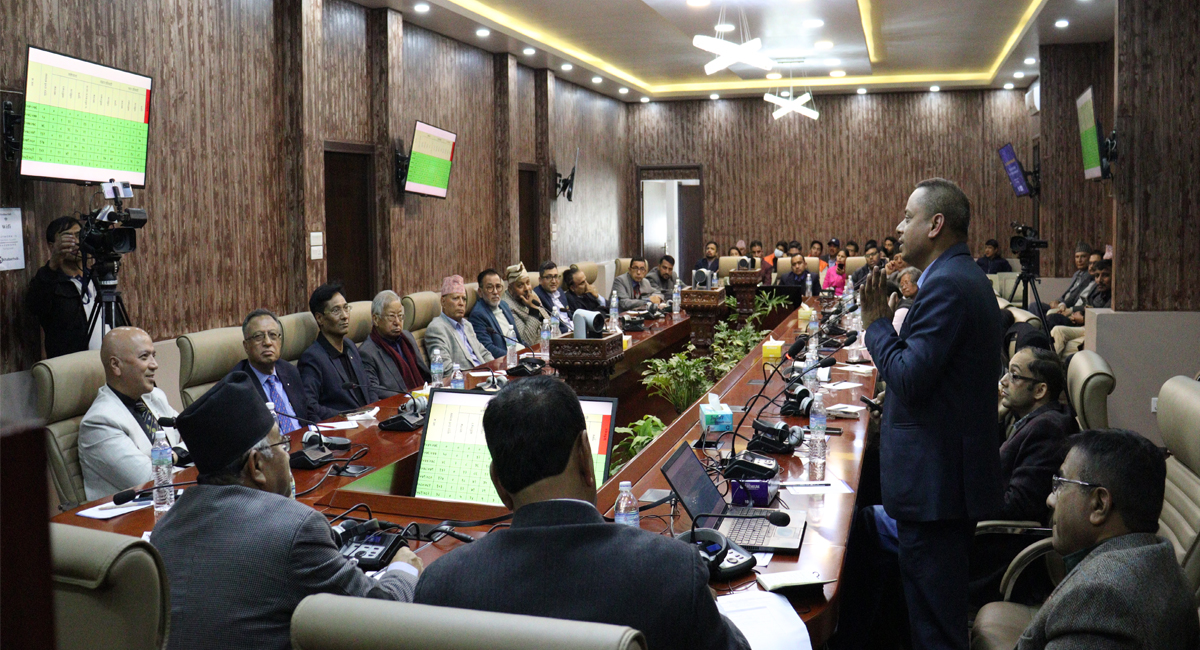In recent years, Nepal has witnessed a significant rise in cybercrimes, largely due to the widespread use of social media platforms.
Here I try to explore how cybercrimes are taking place in Nepal, how people are falling victim, and the increasing trend of online offenses in the country.
Rise of social media usage
Social media platforms have become an integral part of daily life for many individuals in Nepal.
With an ever-increasing number of users, social media has reshaped the way people communicate and interact.
According to statistics from 2023 and 2024, the percentage of social media users has seen an upward trend, particularly in 2024.
These statistics only account for complaints that were reported to the police, meaning that many more people are likely victims of cybercrime but never file reports.
As of now, there are 15.40 million internet users in Nepal, with 13.50 million of them using social media.
Notably, 37.47 million Nepalis own mobile phones, demonstrating that mobile connectivity plays a key role in internet access.
Defining Cybercrime
Traditionally, crimes required physical presence, such as stealing from someone’s house by breaking in.
However, with the advent of technology, cybercrime has emerged as a new form of offense.
When illegal activities are carried out through mobile phones, laptops, or internet connectivity, they are classified as cybercrimes.
Examples of cybercrime include hacking bank accounts, spreading hate or violence, character assassination, sharing explicit content, and more.
Shift from traditional crime to cybercrime
The difference between traditional crime and cybercrime lies primarily in accessibility and ease.
In the past, criminals had to physically approach their victims, but today, cybercriminals can target individuals globally through social media platforms, often without the victim even knowing.
Social media platforms have made it easier for perpetrators to access personal information, commit fraud, spread harmful content, and perform other illegal activities remotely.
Growing number of cybercrimes in Nepal
Statistics reveal that social media has become a breeding ground for various crimes, including character assassination, fraud, threats, human trafficking, extortion, and more.
A recent study shows that every minute, 243,000 photos are uploaded on Facebook alone.
With such vast user activity on social media, the question arises: How safe are users from cybercriminals?
Given the high volume of online activity, it is clear that the number of cybercrimes is increasing.
According to the most recent data, there are 13.50 million social media users in Nepal, with Facebook leading the way.
In 2023, 12.60 percent of the population used Facebook, totaling 11.85 million users.
Additionally, 9.35 million Nepalis use Facebook’s Messenger, and 2.15 million use Instagram.
Twitter, though less popular, has 553.6 thousand users in the country. By 2024, the number of Messenger users had crossed 14 million, showing a steady increase in the number of social media users in Nepal.
Increasing rate of cybercrime
The Nepal Police Cyber Bureau has reported a steady rise in cybercrime cases over the past few years.
According to data from the Cyber Bureau, in 2075/076 BS, there were fewer complaints, but by the year 2079/080 BS, this number had risen to 9,000 cases.
The rise of cybercrime in Nepal serves as a reminder of the importance of cybersecurity and responsible social media usage in the digital age.
In 2080/081 BS, the number nearly doubled to 19,000. This increase in cybercrime cases indicates a concerning trend, reflecting the growing vulnerability of social media users to online offenses.
These statistics only account for complaints that were reported to the police, meaning that many more people are likely victims of cybercrime but never file reports.
Need for stronger cyber laws and awareness
A recent study has revealed that the platforms most associated with cybercrimes in Nepal are Facebook and Messenger.
This is largely because these platforms have a large user base, making them prime targets for malicious activity.
The data clearly shows that cybercrime is rampant on these social media platforms, but the legal framework to address these crimes remains insufficient.
The increasing prevalence of cybercrimes in Nepal highlights the need for more awareness and preventive measures against online threats.
As the number of social media users continues to grow, so too does the risk of falling victim to cybercrime.
It is crucial for both individuals and authorities to stay vigilant and proactive in protecting themselves from online offenses.
The rise of cybercrime in Nepal serves as a reminder of the importance of cybersecurity and responsible social media usage in the digital age.
(Based on a presentation by Umesh Prasad Sah, DSP at Cyber Bureau at a program organized by ISSR in Kathmandu)









Comment